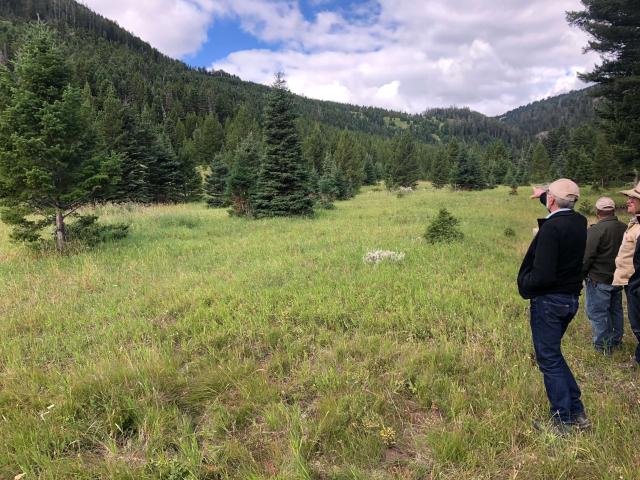USDA’s Natural Resources Conservation Service (NRCS) is the largest funder of conservation on private land in the United States, supporting producers’ transitions to beneficial farming and ranching practices. While these transitions can require an upfront cost, they also often lead to financial rewards. Healthy and resilient soils, rich with organic material, may lead to more productive crops requiring less fertilizer. And watersheds protected by forests and riverbanks with riparian habitat can lead to cleaner water downstream.
Increasingly, governments and private organizations have realized that ecosystem services have real financial value and can bring monetary returns. The result is that billions in new funding has gone towards conservation investment projects over the past few years.
In response to this interest, NRCS established an intentional conservation finance funding source through its Conservation Innovation Grants (CIG) program. Since 2015, CIG, which aims to stimulate development and adoption of innovative conservation technologies and approaches, has funded projects led by over 35 conservation finance entities. These sector leaders have used the funding to explore ways to attract non-Federal investment in private and working lands conservation.
CIG’s conservation finance projects have invested approximately $25 million into market-based projects, from pay-for-success programs to reduce water usage or nutrient pollution, to crafting new loan mechanisms that support farmers as they transition to organic agriculture. Moreover, because the CIG program requires projects to match NRCS’ investment dollar-for-dollar, the program provides a smooth entry point for private funds to enter the conservation finance sector. While the natural resource challenges that this cohort of projects tackles vary from air to water to soil, the goal is often the same: find a way to direct new revenue streams and sources of private capital towards agricultural producers and rural economies while improving the Nation’s natural resources.
See examples of NRCS’s conservation finance work.


